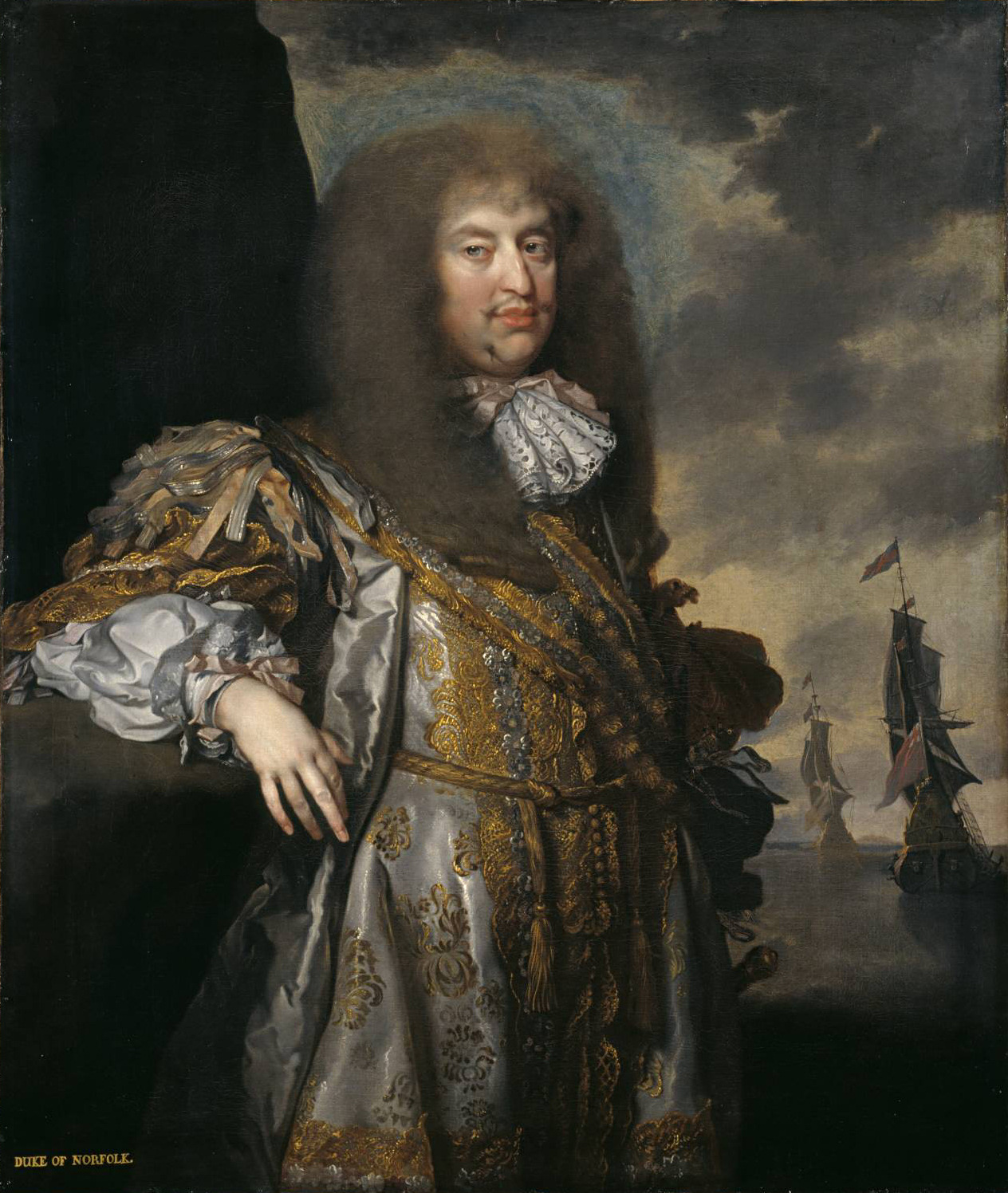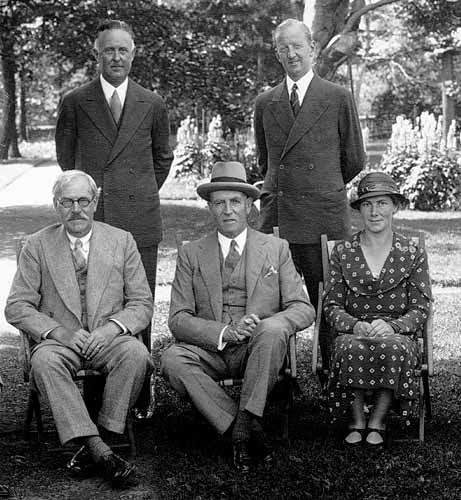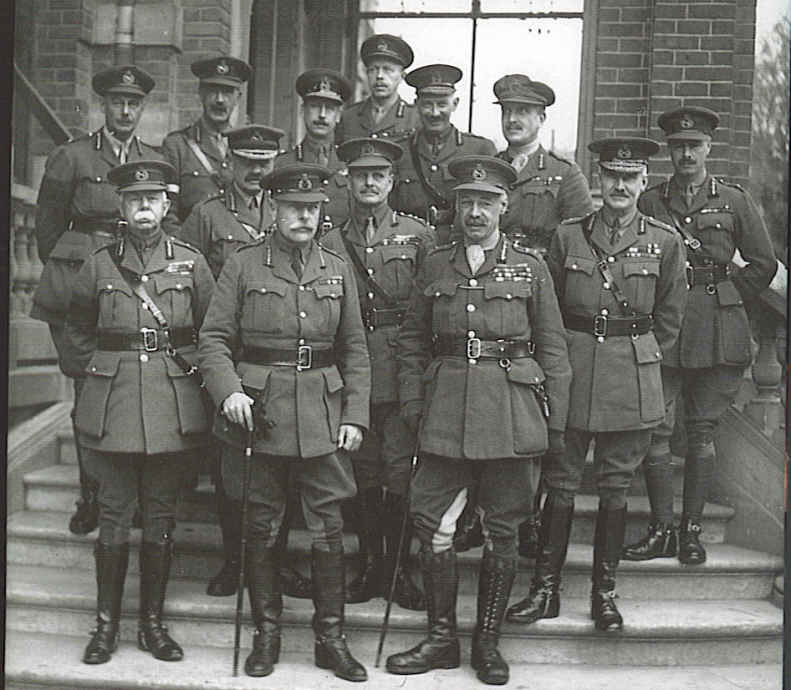|
David Anderson (British Army Officer)
General David Anderson (12 August 1821 – 7 October 1909) was a British Army officer who became the last Governor of the Royal Military College, Sandhurst, before the post was merged with that of Commandant of the college. Military career Anderson was commissioned into the British Army in 1838. He served on the North West Frontier of India from 1853 and was decorated, and in 1885 was appointed to command the Aldershot division. He was Governor of the Royal Military College, Sandhurst, from 1886 to 1888, when he was promoted to a full General and retired from the service.'Anderson, General David' in '' Who Was Who 1897–1915'' (London: A. & C. Black, 1988 reprint: ) In retirement, he served as Colonel of the Cheshire Regiment, an honorary appointment received 3 March 1894. Family On 18 November 1863, Anderson married his cousin Charlotte, second daughter of David Anderson of St Germains, Haddingtonshire East Lothian (; sco, East Lowden; gd, Lodainn an Ear) is one of ... [...More Info...] [...Related Items...] OR: [Wikipedia] [Google] [Baidu] |
United Kingdom
The United Kingdom of Great Britain and Northern Ireland, commonly known as the United Kingdom (UK) or Britain, is a country in Europe, off the north-western coast of the continental mainland. It comprises England, Scotland, Wales and Northern Ireland. The United Kingdom includes the island of Great Britain, the north-eastern part of the island of Ireland, and many smaller islands within the British Isles. Northern Ireland shares a land border with the Republic of Ireland; otherwise, the United Kingdom is surrounded by the Atlantic Ocean, the North Sea, the English Channel, the Celtic Sea and the Irish Sea. The total area of the United Kingdom is , with an estimated 2020 population of more than 67 million people. The United Kingdom has evolved from a series of annexations, unions and separations of constituent countries over several hundred years. The Treaty of Union between the Kingdom of England (which included Wales, annexed in 1542) and the Kingdom of Scotland in 170 ... [...More Info...] [...Related Items...] OR: [Wikipedia] [Google] [Baidu] |
Cheshire Regiment
The Cheshire Regiment was a line infantry regiment of the British Army, part of the Prince of Wales' Division. The 22nd Regiment of Foot was raised by the Duke of Norfolk in 1689 and was able to boast an independent existence of over 300 years. The regiment was expanded in 1881 as part of the Childers Reforms by the linking of the 22nd (Cheshire) Regiment of Foot and the militia and rifle volunteers of Cheshire. The title 22nd (Cheshire) Regiment continued to be used within the regiment. On 1 September 2007, the Cheshire Regiment was merged with the Worcestershire and Sherwood Foresters Regiment (29th/45th Foot) and the Staffordshire Regiment (Prince of Wales's) to form a new large regiment, the Mercian Regiment, becoming the 1st Battalion, Mercian Regiment. History Early wars Following the 1688 Glorious Revolution and the exile of James II, Henry Howard, Duke of Norfolk, raised a regiment at Chester on behalf of the new regime. The experience of the 1638-1652 Wars of t ... [...More Info...] [...Related Items...] OR: [Wikipedia] [Google] [Baidu] |
1909 Deaths
Nineteen or 19 may refer to: * 19 (number), the natural number following 18 and preceding 20 * one of the years 19 BC, AD 19, 1919, 2019 Films * ''19'' (film), a 2001 Japanese film * ''Nineteen'' (film), a 1987 science fiction film Music * 19 (band), a Japanese pop music duo Albums * ''19'' (Adele album), 2008 * ''19'', a 2003 album by Alsou * ''19'', a 2006 album by Evan Yo * ''19'', a 2018 album by MHD * ''19'', one half of the double album ''63/19'' by Kool A.D. * ''Number Nineteen'', a 1971 album by American jazz pianist Mal Waldron * ''XIX'' (EP), a 2019 EP by 1the9 Songs * "19" (song), a 1985 song by British musician Paul Hardcastle. * "Nineteen", a song by Bad4Good from the 1992 album '' Refugee'' * "Nineteen", a song by Karma to Burn from the 2001 album ''Almost Heathen''. * "Nineteen" (song), a 2007 song by American singer Billy Ray Cyrus. * "Nineteen", a song by Tegan and Sara from the 2007 album '' The Con''. * "XIX" (song), a 2014 song by Slipk ... [...More Info...] [...Related Items...] OR: [Wikipedia] [Google] [Baidu] |
1821 Births
Eighteen or 18 may refer to: * 18 (number), the natural number following 17 and preceding 19 * one of the years 18 BC, AD 18, 1918, 2018 Film, television and entertainment * ''18'' (film), a 1993 Taiwanese experimental film based on the short story ''God's Dice'' * ''Eighteen'' (film), a 2005 Canadian dramatic feature film * 18 (British Board of Film Classification), a film rating in the United Kingdom, also used in Ireland by the Irish Film Classification Office * 18 (''Dragon Ball''), a character in the ''Dragon Ball'' franchise * "Eighteen", a 2006 episode of the animated television series '' 12 oz. Mouse'' Music Albums * ''18'' (Moby album), 2002 * ''18'' (Nana Kitade album), 2005 * '' 18...'', 2009 debut album by G.E.M. Songs * "18" (5 Seconds of Summer song), from their 2014 eponymous debut album * "18" (One Direction song), from their 2014 studio album ''Four'' * "18", by Anarbor from their 2013 studio album '' Burnout'' * "I'm Eighteen", by Alice Cooper commo ... [...More Info...] [...Related Items...] OR: [Wikipedia] [Google] [Baidu] |
Edward Clive (1837–1916)
General Edward Henry Clive, DL, JP (23 September 1837 – 1 March 1916) was a British soldier and Liberal politician, the son of George Clive and Ann Sybella Martha, daughter of Sir Thomas Farquhar, 2nd Baronet.Profile ThePeerage.com; accessed 17 May 2016. Military career Educated at Harrow,"Clive, Gen. Edward Henry" in '''', vol. II, p. 206. Clive was commissioned as an ensign in the |
Richard Taylor (British Army Officer)
General Sir Richard Chambré Hayes Taylor (19 March 1819 – 6 December 1904) was a senior British Army officer who served in the Second Anglo-Burmese War, the Crimean War and the Indian Mutiny. Joining the General Staff in 1860, he was the British Army's Inspector General of Recruiting, then Deputy Adjutant-General to the Forces, briefly Adjutant-General, and finally for three years Governor of the Royal Military College, Sandhurst. He was also Colonel of the Queen's Own Cameron Highlanders and the East Surrey Regiment. Some members of the family preferred the spelling Taylour. Early life Born in Dublin in 1819, Taylor was a younger son of the Hon. and Rev. Henry Edward Taylor (1768–1852) by his marriage in 1807 to Marianne, a daughter of Colonel Richard St Leger, second son of St Leger, 1st Viscount Doneraile (died 1787). Taylor's father was the fifth son of Thomas Taylor, 1st Earl of Bective, and was a younger brother of the first Marquess of Headfort, and he also had ... [...More Info...] [...Related Items...] OR: [Wikipedia] [Google] [Baidu] |
David Murray Anderson
Admiral Sir David Murray Anderson, (11 April 1874 – 30 October 1936) was a British naval officer and governor. Anderson served in the Royal Navy from the age of 13 and served in many colonial wars and was given various Empire postings, rising to the rank of admiral in 1931. He retired a year later and took up the posting as Governor of Newfoundland, where he also took up the role of Chairman of the Government following the suspension of self-government in the Dominion of Newfoundland. Leaving Newfoundland in 1935, he was appointed as Governor of New South Wales but served only briefly due to his ill health. He died while in office aged 62. Early life and career Anderson was born on 11 April 1874, the second son of General David Anderson, Colonel of the Cheshire Regiment, and his wife Charlotte Christina, née Anderson in Newton-by-Chester in Cheshire, England. His elder brother was Lieutenant General Sir Warren Hastings Anderson. In 1887, as a 13-year-old, he became a naval ... [...More Info...] [...Related Items...] OR: [Wikipedia] [Google] [Baidu] |
Hastings Anderson
Lieutenant General Sir Warren Hastings Anderson (9 January 1872 – 11 December 1930) was Quartermaster-General to the Forces. Military career Anderson was born the first son of General David Anderson, Colonel-in-Chief of the Cheshire Regiment, and his wife, Charlotte Christina (''née'' Anderson). Educated at Marlborough College and the Royal Military College, Sandhurst, Anderson was commissioned into the Cheshire Regiment as a second lieutenant on 8 October 1890, and promoted to lieutenant on 9 January 1894.Hart′s Army list, 1903. He was promoted to captain on 18 December 1899, as he left for South Africa and the Second Boer War. Serving first in a staff position in 1900 as deputy assistant adjutant general on the staff of the military governor in Johannesburg, he returned to his regiment to become adjutant of the 2nd battalion on 21 April 1901. The battalion served in South Africa throughout the war, which ended in June 1902. Anderson returned home with other officer ... [...More Info...] [...Related Items...] OR: [Wikipedia] [Google] [Baidu] |
Haddingtonshire
East Lothian (; sco, East Lowden; gd, Lodainn an Ear) is one of the 32 council areas of Scotland, as well as a historic county, registration county and lieutenancy area. The county was called Haddingtonshire until 1921. In 1975, the historic county was incorporated for local government purposes into Lothian Region as East Lothian District, with some slight alterations of its boundaries. The Local Government etc. (Scotland) Act 1994 later created East Lothian as one of 32 modern council areas. East Lothian lies south of the Firth of Forth in the eastern central Lowlands of Scotland. It borders Edinburgh to the west, Midlothian to the south-west and the Scottish Borders to the south. Its administrative centre and former county town is Haddington while the largest town is Musselburgh. Haddingtonshire has ancient origins and is named in a charter of 1139 as ''Hadintunschira'' and in another of 1141 as ''Hadintunshire''. Three of the county's towns were designated as royal bur ... [...More Info...] [...Related Items...] OR: [Wikipedia] [Google] [Baidu] |
St Germains
Saint-Germain-en-Laye () is a commune in the Yvelines department in the Île-de-France in north-central France. It is located in the western suburbs of Paris, from the centre of Paris. Inhabitants are called ''Saint-Germanois'' or ''Saint-Germinois''. With its elegant tree-lined streets it is one of the more affluent suburbs of Paris, combining both high-end leisure spots and exclusive residential neighborhoods (see the Golden Triangle of the Yvelines). Saint-Germain-en-Laye is a sub-prefecture of the department. Because it includes the National Forest of Saint-Germain-en-Laye, it covers approximately , making it the largest commune in the Yvelines. It occupies a large loop of the Seine. Saint-Germain-en-Laye lies at one of the western termini of Line A of the RER. History Saint-Germain-en-Laye was founded in 1020 when King Robert the Pious (ruled 996–1031) founded a convent on the site of the present Church of Saint-Germain. In 1688, James II of England exiled hims ... [...More Info...] [...Related Items...] OR: [Wikipedia] [Google] [Baidu] |
Colonel Of The Regiment
Colonel (Col) is a rank of the British Army and Royal Marines, ranking below brigadier, and above lieutenant colonel. British colonels are not usually field commanders; typically they serve as staff officers between field commands at battalion and brigade level. The insignia is two diamond-shaped pips (properly called "Bath Stars") below a crown. The crown has varied in the past with different monarchs; Elizabeth II's reign used St Edward's Crown. The rank is equivalent to captain in the Royal Navy and group captain in the Royal Air Force. Etymology The rank of colonel was popularized by the tercios that were employed in the Spanish Army during the 16th and 17th centuries. General Gonzalo Fernández de Córdoba divided his troops in to ''coronelías'' (meaning "column of soldiers" from the Latin, ''columnella'' or "small column"). These units were led by a ''coronel''. This command structure and its titles were soon adopted as ''colonello'' in early modern Italian and in Mi ... [...More Info...] [...Related Items...] OR: [Wikipedia] [Google] [Baidu] |
Flag Of The British Army
A flag is a piece of fabric (most often rectangular or quadrilateral) with a distinctive design and colours. It is used as a symbol, a signalling device, or for decoration. The term ''flag'' is also used to refer to the graphic design employed, and flags have evolved into a general tool for rudimentary signalling and identification, especially in environments where communication is challenging (such as the maritime environment, where semaphore is used). Many flags fall into groups of similar designs called flag families. The study of flags is known as "vexillology" from the Latin , meaning "flag" or "banner". National flags are patriotic symbols with widely varied interpretations that often include strong military associations because of their original and ongoing use for that purpose. Flags are also used in messaging, advertising, or for decorative purposes. Some military units are called "flags" after their use of flags. A ''flag'' (Arabic: ) is equivalent to a brigade ... [...More Info...] [...Related Items...] OR: [Wikipedia] [Google] [Baidu] |





